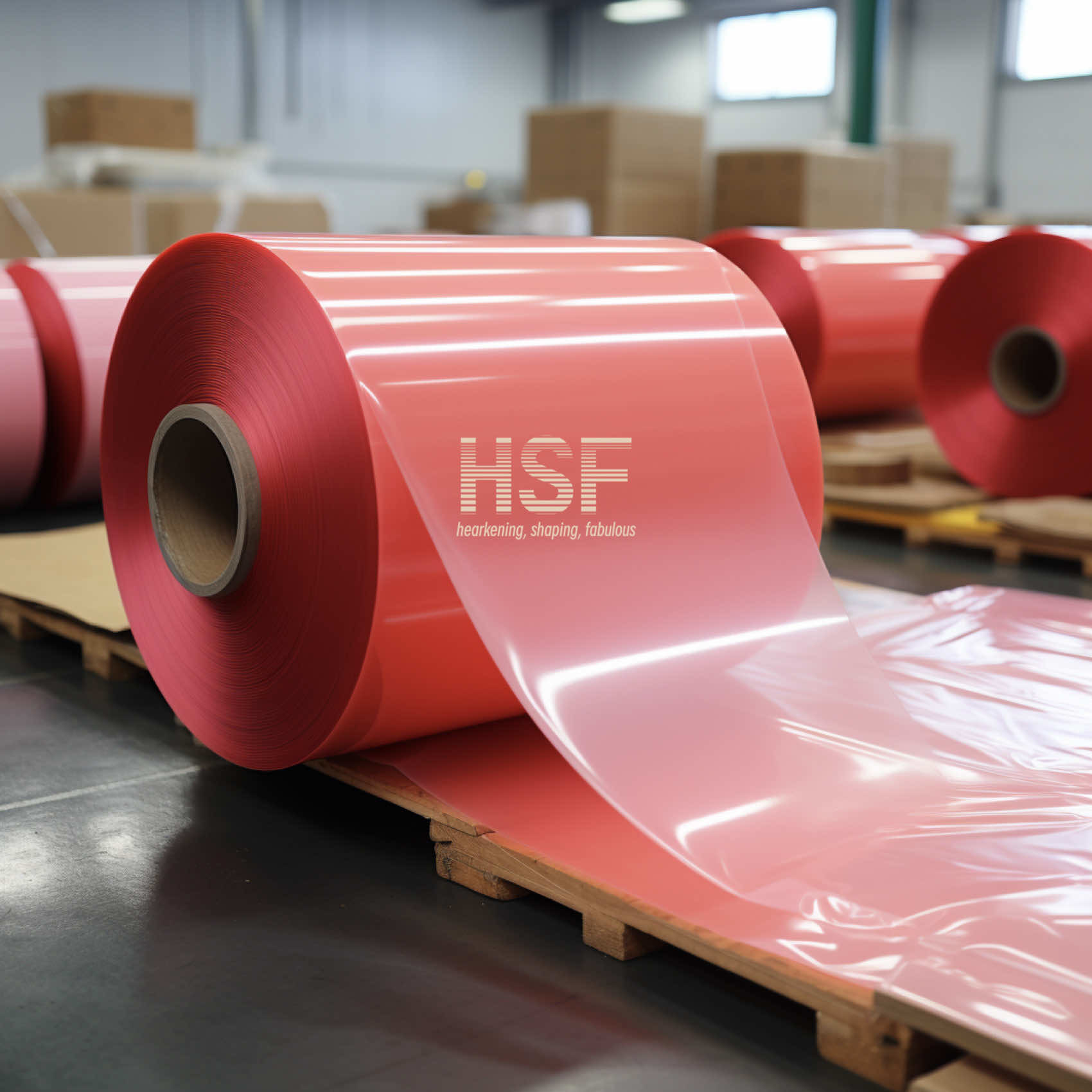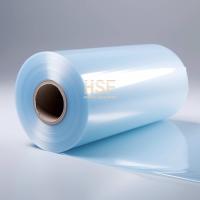120 μm red low density polyethylene film, for packaging,
agriculture, construction, medical, etc.
Low-density polyethylene (LDPE) film is a type of plastic film that
is flexible, durable, and moisture-resistant.
It is commonly used in a variety of applications such as:
1. Packaging:
LDPE film is used in flexible packaging applications such as bags,
shrink wrap, and stretch film.
2. Agriculture:
LDPE film is used in agriculture applications such as greenhouse
covers, mulch film, and silage bags.
3. Construction:
LDPE film is used as a barrier protection material for construction
sites, as well as for insulation and roofing.
4. Medical:
LDPE film is used in medical applications such as disposable gloves
and medical packaging.
The main difference between low-density polyethylene film and
high-density polyethylene (HDPE) film:
The difference is in their density and properties.
LDPE film has a lower density than HDPE film, which makes it
softer, more flexible, and more transparent.
HDPE film, on the other hand, has a higher density which makes it
more rigid, less flexible, and more opaque.
HDPE film also has a higher tensile strength and is more resistant
to punctures, while LDPE film is more
conformable and easier to heat seal.
Overall, LDPE film is a versatile and cost-effective material for a
variety of applications where flexibility and
moisture-resistance are important, while HDPE film is generally
used in applications where strength and rigidity are more
important.
| 1 | Appearance | No air bubbles / stains / breakage / impurities | Measured data (Ref.) |
| 2 | Size | Width (mm) | 1000 -0+6 | 1004 |
| Thickness (mm) | 0.120 ± 8% | 0.116 |
| 3 | Max. Tension (N / 50mm) | TD | ≥ 15 | 20 |
| MD | ≥ 15 | 21 |
| 4 | Color difference | Colorimeter △E | < 3 | ok |
| 5 | Elongation @ break (%) | TD | ≥ 230 | 876 |
| MD | ≥ 230 | 754 |
| 6 | Surface Tension (Corona treatment) | Dyne Value | ≥42 dyne | 48 |
120-micron opaque red LDPE (Low-Density Polyethylene) film is a
heavy-duty film used in various applications
due to its excellent mechanical and physical properties. Here are
some major application scenarios where 120-micron
opaque red LDPE film can be used:
1. Construction:
The film can be used as a protective sheet to cover floors, walls,
and other surfaces during renovation or construction
activities to protect against dust, debris, and scratches.
2. Transportation:
The film can be used to cover shipments during transportation to
protect against dust, dirt, and scratches as well as
color-coding for easy identification of goods.
3. Agriculture:
The film is suitable for use in agriculture as a greenhouse plastic
to protect plants from weather elements.
4. Marine Industry:
Opaque red LDPE film can be used in the marine industry for the
protection of boats and marine equipment from scratches
and damages during transportation and storage.
5. Pond Liner:
Opaque red LDPE film can be used as a pond liner to prevent water
leakage and protect the pond from environmental factors
such as algae growth and pollution.
6. Roofing Industry:
The film can be used in the roofing industry as a weather-resistant
layer to protect against moisture, heat, and other environmental
factors.
To increase the mechanical properties and enlarge the application
range for LDPE film,
several approaches can be taken. Here are some of them:
1. Blending:
Blending LDPE with other polymers can improve its mechanical
properties and widen its application range.
For example, blending LDPE with linear low-density polyethylene
(LLDPE) can improve its tensile strength, impact resistance,
and puncture resistance. Blending LDPE with high-density
polyethylene (HDPE) can improve its stiffness and resistance to
stress cracking.
2. Adding additives:
Adding various additives can modify the properties of LDPE film and
enhance its mechanical properties.
Additives such as fillers, elastomers, and reinforcing agents can
improve the strength, durability, and flexibility of LDPE film
and widen its application range.
3. Coating:
Applying a coating to LDPE film can improve its mechanical
properties and enlarge its application range.
Coatings such as acrylic, urethane, and silicone can enhance the
film's barrier properties, improve its adhesion and enhance
its printing quality.
4. Orienting:
Orienting LDPE film can improve its mechanical properties and widen
its application range. Orientation involves stretching the film
in either the machine direction (MD) or transverse direction (TD)
to align the polymer chains and improve its strength, toughness,
and tear resistance.
5. Cross-linking:
Cross-linking can improve the mechanical properties of LDPE film
and make it suitable for high-temperature applications.
Cross-linking involves modifying the polymer chains of LDPE to form
a three-dimensional network that improves the film's
thermal stability, chemical resistance, and stiffness.
6. Controlling Processing Conditions:
Controlling the processing temperature, pressure, and extrusion
speed during LDPE film production can improve its mechanical
properties. Optimal processing conditions can ensure consistent
properties of LDPE film and enlarge its application range.
In summary, blending, adding additives, coating, orienting,
cross-linking, and controlling processing conditions are all
methods that can be used to increase the mechanical properties and
enlarge the application range for LDPE film.













